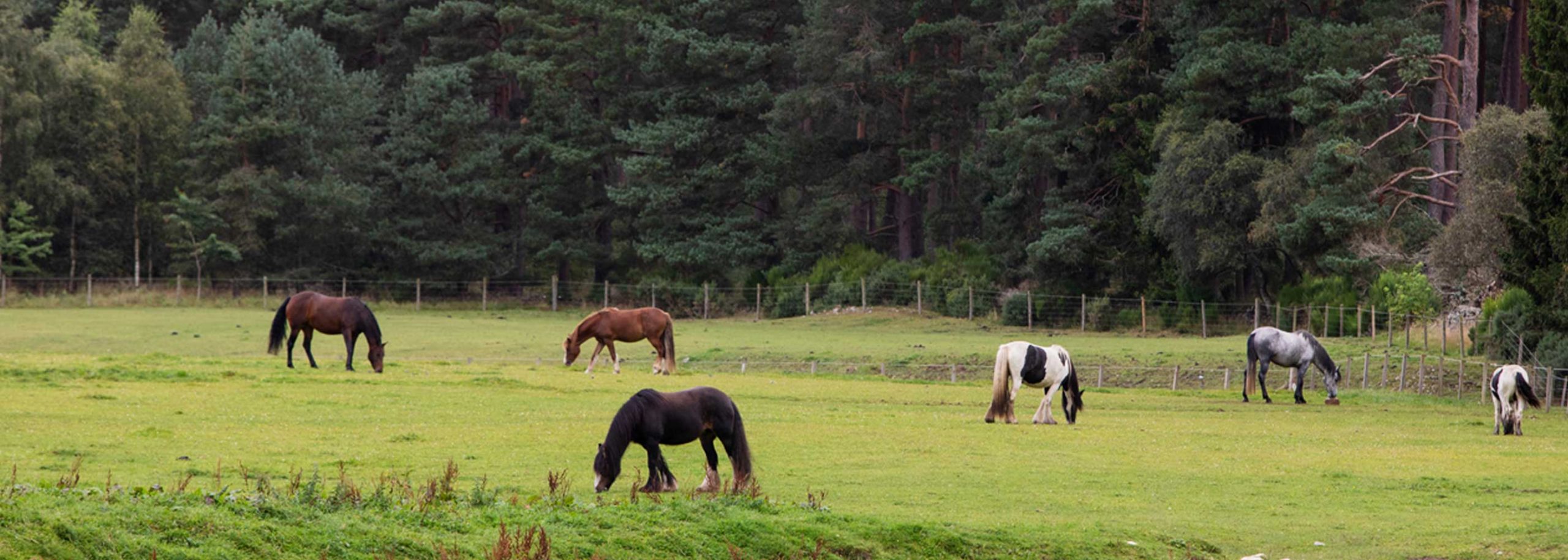The Role of Horses in Agriculture: Plowing and Harvesting
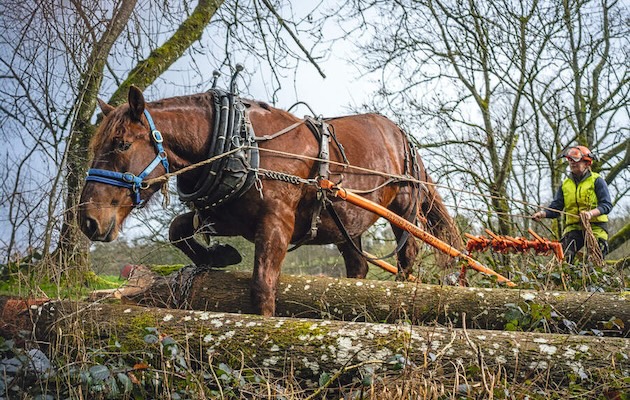
Horses have played a pivotal role in agriculture for centuries, serving as essential partners in the cultivation and harvesting of crops. Their strength, endurance, and versatility made them invaluable before the widespread adoption of mechanized farming equipment.
Historical Significance
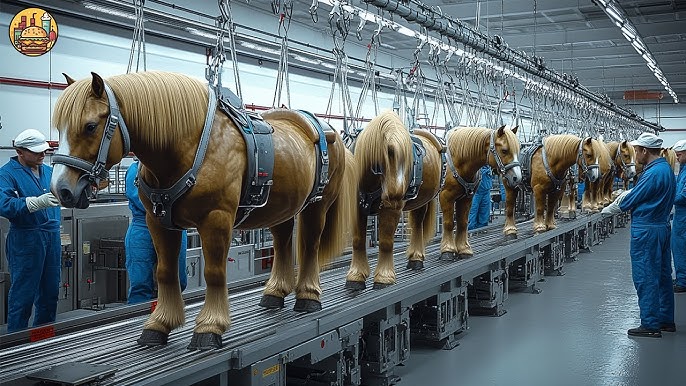
Before tractors and modern machinery, horses were the primary source of power on farms. They were used extensively for plowing fields, which involves turning over the soil to prepare it for planting. This process aerates the soil, helps control weeds, and incorporates organic matter, all crucial for healthy crop growth.
Horses in Plowing
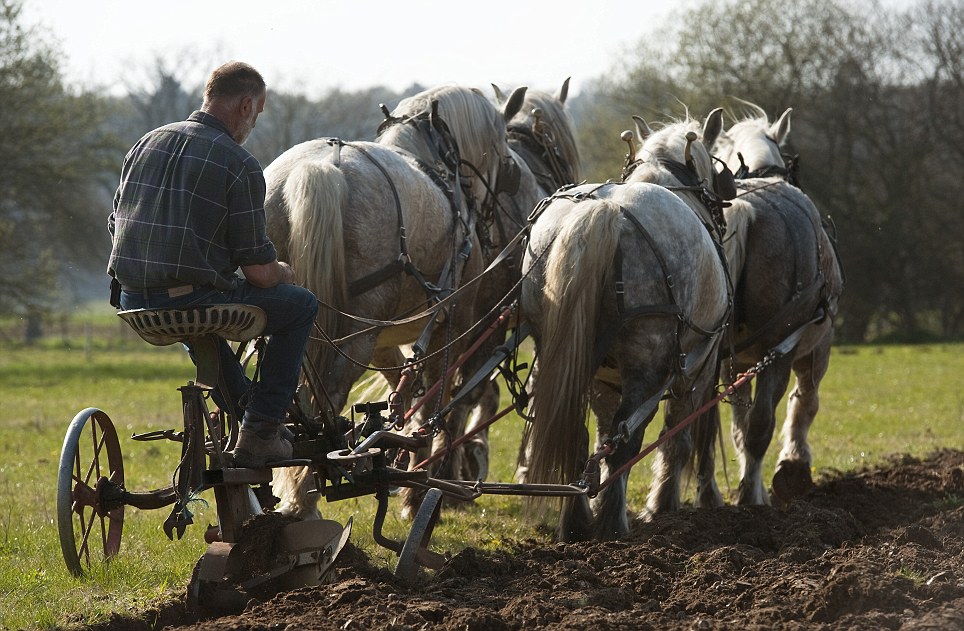
- Strength and Endurance: Horses provided the muscle power needed to pull heavy plows through tough soil.
- Maneuverability: Unlike larger draft animals, horses could navigate smaller fields and varied terrain more easily.
- Types of Plows Used: Horses typically pulled moldboard plows, which cut and flipped the soil, or disc plows, which were better for breaking up hard ground.
Horses in Harvesting
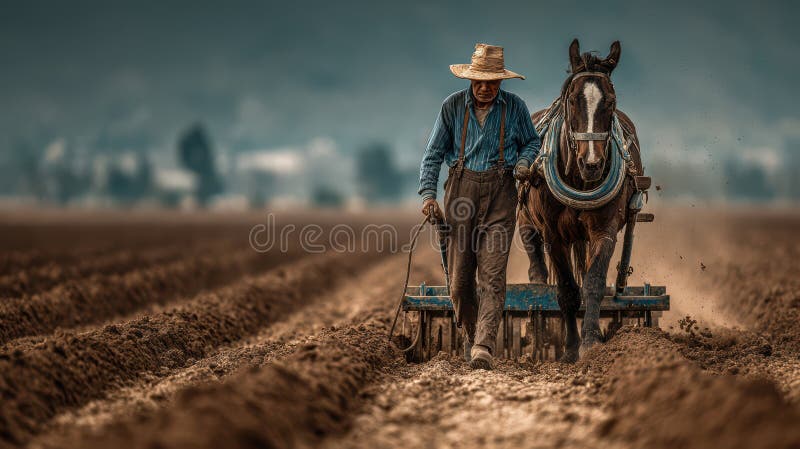
- Pulling Harvesting Equipment: Horses were used to pull reapers and binders, machines that cut and gathered grain crops.
- Transporting Crops: After harvesting, horses hauled wagons loaded with produce from the fields to storage or market.
Advantages of Using Horses
- Cost-Effective: Horses were less expensive to maintain than early tractors, especially in small-scale farming.
- Sustainability: They did not rely on fossil fuels and contributed to a more environmentally friendly farming practice.
- Soil Health: Horses exerted less soil compaction compared to heavy machinery, preserving soil structure.
Transition to Mechanization
While horses were indispensable for centuries, the 20th century saw a gradual shift to mechanized equipment. However, many small farms and traditional agricultural communities still use horses today for sustainable and organic farming practices.
Summary Table: Horses vs. Mechanized Equipment
| Aspect | Horses | Mechanized Equipment |
|---|---|---|
| Power Source | Animal muscle | Fuel-powered engines |
| Environmental Impact | Low (no emissions) | Higher (fuel consumption) |
| Cost | Lower initial and maintenance | Higher initial and maintenance |
| Soil Impact | Less compaction | More compaction |
| Versatility | High in varied terrain | High but limited by size |
Frequently Asked Questions (FAQ)
Q: Why were horses preferred over oxen in some regions?
A: Horses are generally faster and more agile than oxen, making them better suited for certain types of farming tasks and terrains.
Q: How did horses contribute to sustainable farming?
A: Horses do not require fossil fuels and their manure can be used as natural fertilizer, supporting eco-friendly farming practices.
Q: Are horses still used in modern agriculture?
A: Yes, especially in small-scale, organic, or traditional farms where mechanization is less practical or desired.
This detailed overview highlights the indispensable role horses have played in agriculture, particularly in plowing and harvesting, and their continuing relevance in sustainable farming today.
